Which books should I read with my child? – Younger primary school readers aged 3-7
Remember, with children’s books, children learn to read pictures before they learn to read words.
Children’s books can be accessed by even the youngest kids. From a few months of age, infants can look at pictures, listen to voices, and point to objects. Guide your child by saying the names of objects or pictures your child points to in books. By associating words with pictures and objects, your child will begin to appreciate the language.
How can I embrace the interesting sounds of words when reading with my child?
Children are fascinated by sounds, including words before they start to identify words on a page. Reading aloud to children helps develop their imagination and understanding. It also helps language and listening skills and prepares them for the written word. When the sounds and rhythm of language become a part of a child’s life, learning to read will become a natural progression.
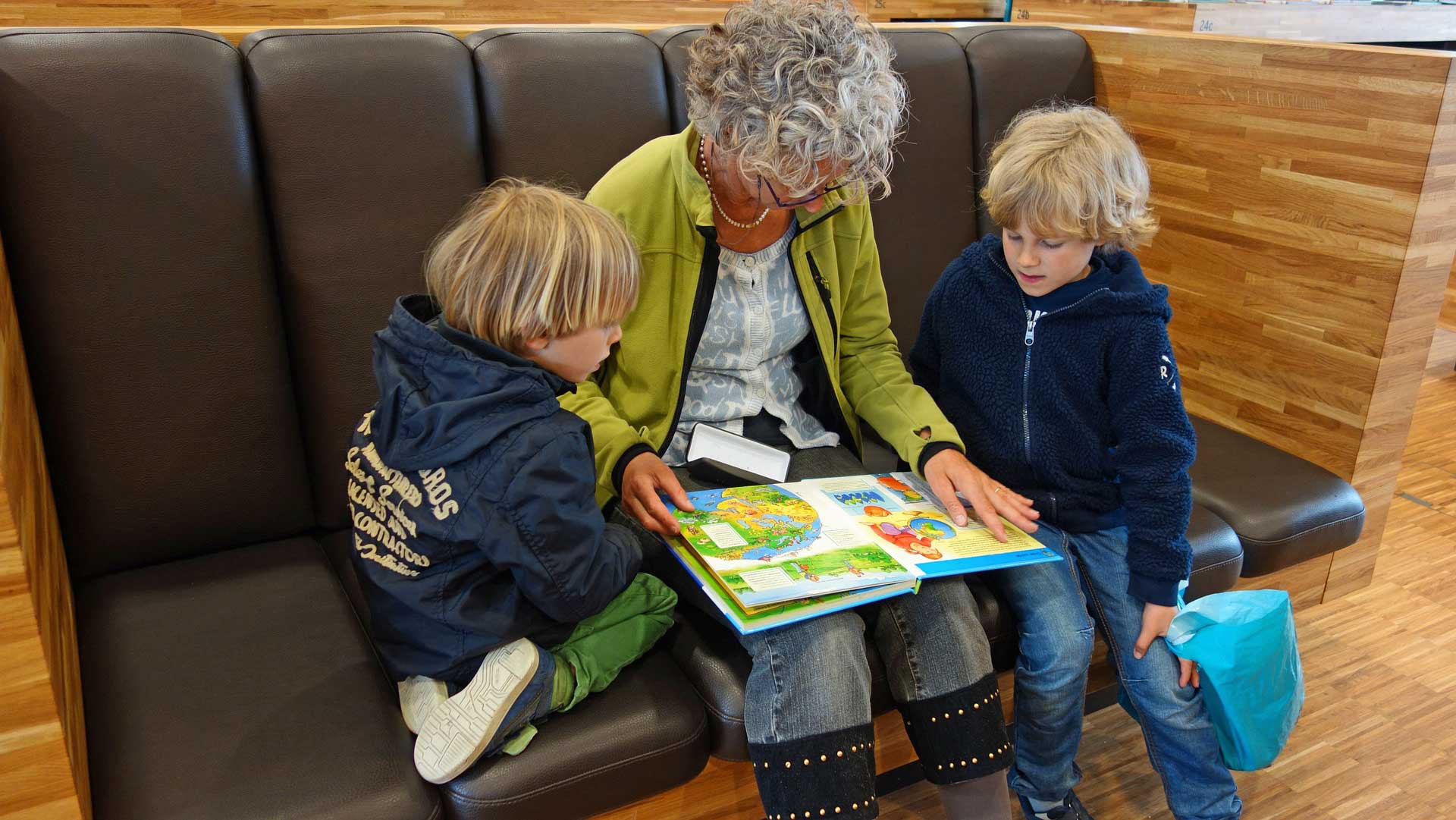
Why should I talk to my child about reading books?
Talking together about words and pictures builds up a bank of vocabulary and improves confidence. Words might be in books, on signs, on the computer or TV, or on packets. Wherever the words are, it will help your child if you talk about them together. Looking at and discussing appropriate children’s reading book lists can help with this. A child is much more likely to want to read a book they feel they have chosen.
How to read with your child each day
Reading together for 5-10 minutes, at a regular time of day, helps to get children hooked on books. Developing a daily reading routine is important.
Why should I relate children’s books to real life?
When you read together, explain to your child how events or places in books relate to real life. Compare details in stories or non-fiction books with your holidays, places you have visited, or experiences you have shared. These connections and shared experiences help to make reading words on a page seem realistic. For example, ‘That’s just like when we went to the zoo. Do you remember?’
How can singing and chanting help develop my child’s reading?
Nursery rhymes, songs and chanting poems are ideal to read aloud with young children. Children are particularly adept at remembering rhymes, counting characters, and repetitive stories; and this can help develop sight recognition of new words. Ten Little Dogs by Ruth Brown is a great example of how repetition and counting can underpin a great story for infants.
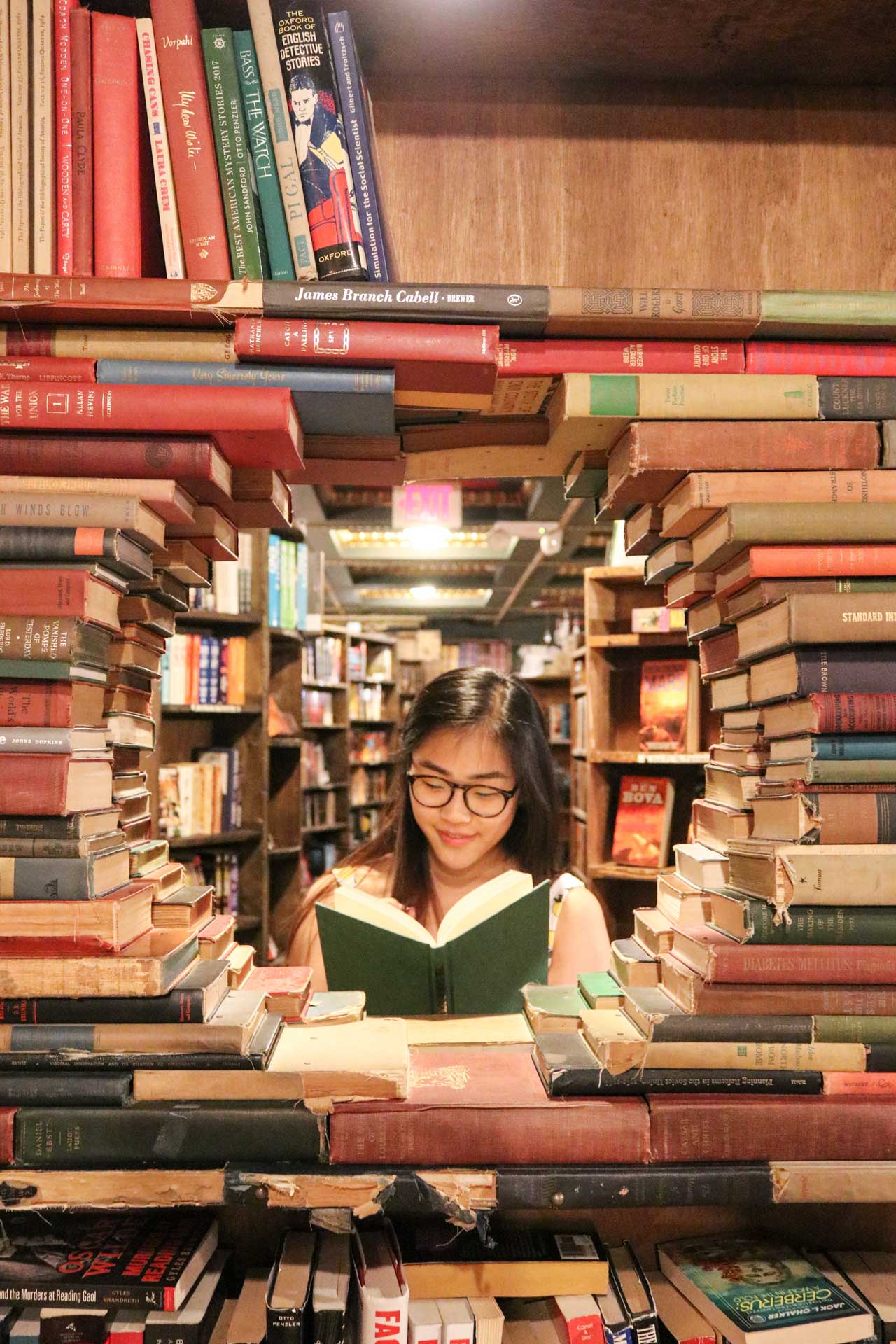
Why is a variety of new books for kids, classics, and old favourites important when choosing children’s reading books?
Sometimes children want to read a favourite book again and again. This can be useful to build confidence, and shouldn’t be discouraged. However, it’s also important to suggest lots of different genres and styles of books of an appropriate reading level while continuing to re-read favourite books. This is where children’s reading book lists can be useful. It is important to avoid suggesting books that are too difficult too early. Confidence is key to ensuring your child’s reading progresses. Struggling with difficult words too early can lead to frustration with reading.
How to read with children
How to sound out words with your child
Encourage your child to break a word into its sounds to read it and then encourage them to write it out too. Oof Makes an Ouch! by Duncan Beedle, featured in our books for Year 1 reading list, provides lots of opportunities to explore sounding out words in a fun way.
Why you should listen to your child’s reading
It’s really important for children to read aloud. Reading from carefully chosen reading scheme books that have come home from school ensures progression so your child can become more confident as they move through the scheme.
What to talk about when reading a book with your child
Talking about stories helps to tune your child into books. Talk about the writer, the pictures, the cover, the blurb, the beginning, the end, the story, and graphic elements on the page, such as speech bubbles or captions. Inside The Villains by Clotilde Perrin, featured in our books for Year 2 reading list, is perfect to pore over and discuss and includes lots of interactive elements and talking points.
How to find out how much your child has understood when reading
Pictures are useful to help your child’s understanding – ask your child about them. Find out if your child can predict what is likely to happen next – can they work it out from the text and pictures? Can you guess the ending together? Where is the Dragon by Leo Timmers, featured in our books for Reception reading list, is a great starting point for picture book inference.
How to praise your child’s reading
Always remember to praise your child’s efforts in reading. Too much pressure might put a child off reading from an early age. For children who are becoming more independent readers, this might be a non-fiction text that can be dipped into, such as Small Worlds: Earth by Camilla De La Bedoyere and Lara Hawthorne, or more challenging but short illustrated texts such as the spectacular Leon and the Place Between by Angela Mcallister and Grahame Baker-Smith – both of which are featured on our books for Year 3 reading list.
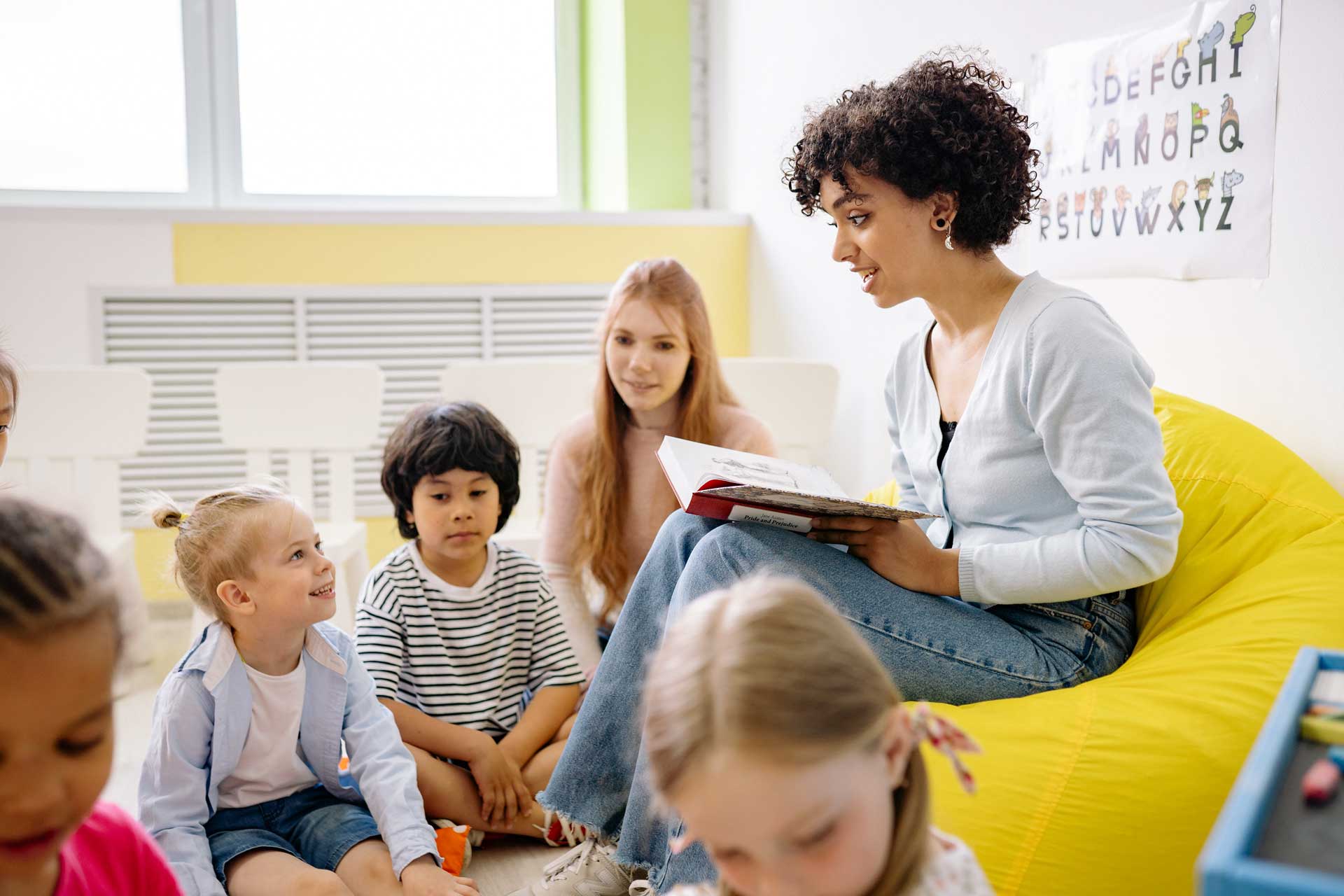
Children’s reading book lists for kids aged 7-11 – what to read with your child
How to discuss and project your own reading as a parent
Talk to your child about their reading interests, and their interests outside of reading. This will help inform both of you when picking suitable books. Show your child what you read, and ensure your child sees you reading – whether it’s a book, newspaper, Kindle or magazine. Always encourage your child to ‘look at this’, or ask ‘have you read this?’
How to read with your child and encourage your child to read to others
Your child is never too old to read with, read to, or listen to when they read. A series of children’s books is a great place to start when looking to encourage a regular bedtime story routine. It’s also a good idea for older children to read to younger siblings. This encourages them to read to an audience. It can also help older children discover new or classic books from children’s book lists that they might have missed out on or overlooked when they were younger.
Encourage your child to take part in speech and drama activities, LAMDA lessons, or audition for a part in a school production.
Why re-reading your favourite children’s books is important
Re-reading books and selecting ‘easy’ reading material from time to time can help confidence and shouldn’t be discouraged. Comparing and sharing your memories of your favourite kid’s books can be a good way to expand your child’s reading interests.
How singing and performing children’s books can boost reading confidence
Learning lyrics, singing songs and performing poems together are all great ways to dismantle a lack of confidence when reading aloud or to an audience. It also helps younger readers hear cadences and rhythms in poetry and prose, and develop a love for language and wordplay.
How to make buying a children’s book an experience
The UK is full of exciting independent small booksellers and town and village libraries. Making finding a book an exciting trip or experience is a great way to encourage a love of reading and help find new books for kids and teens. Looking at a reading book list and then taking your child to look for and choose a book can be an empowering experience.
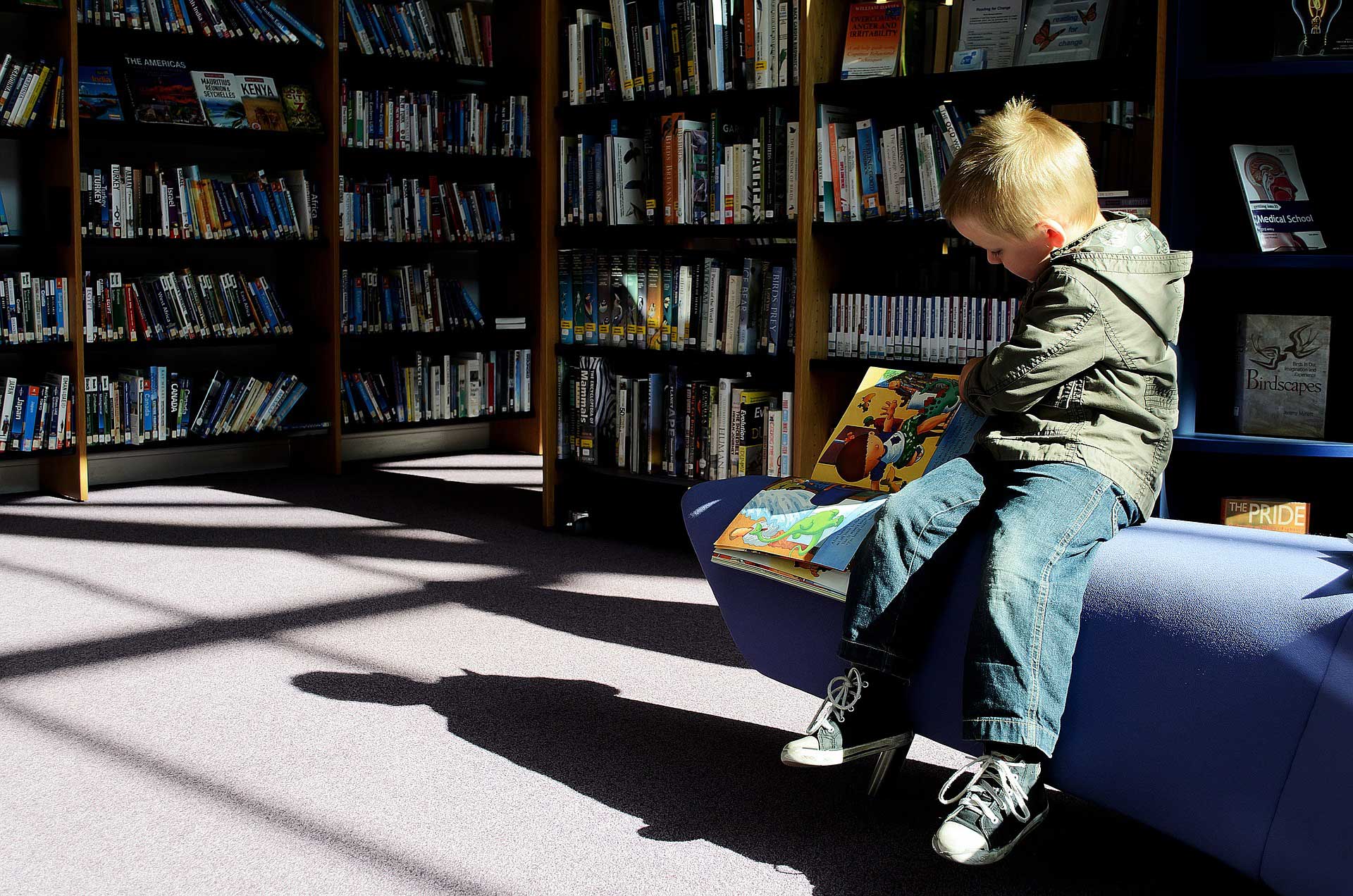
How to read with children – general advice
How children decode and spell words
Children will still use phonic skills to decode words that they cannot recognise instantly, and they should be encouraged to continue to develop these skills. Children should be discouraged from relying on sight recognition alone – ie guessing words based on words they already know. If your child struggles with a new word, show them how to sound out all the parts of the word, including the ending, especially if your child decodes the beginning of the word but guesses the rest.
Reading nonsense words and poetry – for example, Jabberwocky by Lewis Carroll or any books for kids in a foreign language can be a good way to encourage your child to decode all of an unknown word. The Girl Who Learned All the Languages of the World by Ieva Flamingo is a great book to use to both explore new and interesting words and also encourage children to become more confident with unfamiliar text.
Why playing word games can help to improve your child’s reading
Games such as Scrabble, hangman, countdown, Bananagrams, Boggle or crossword or anagram games in newspapers are great to play with your child.
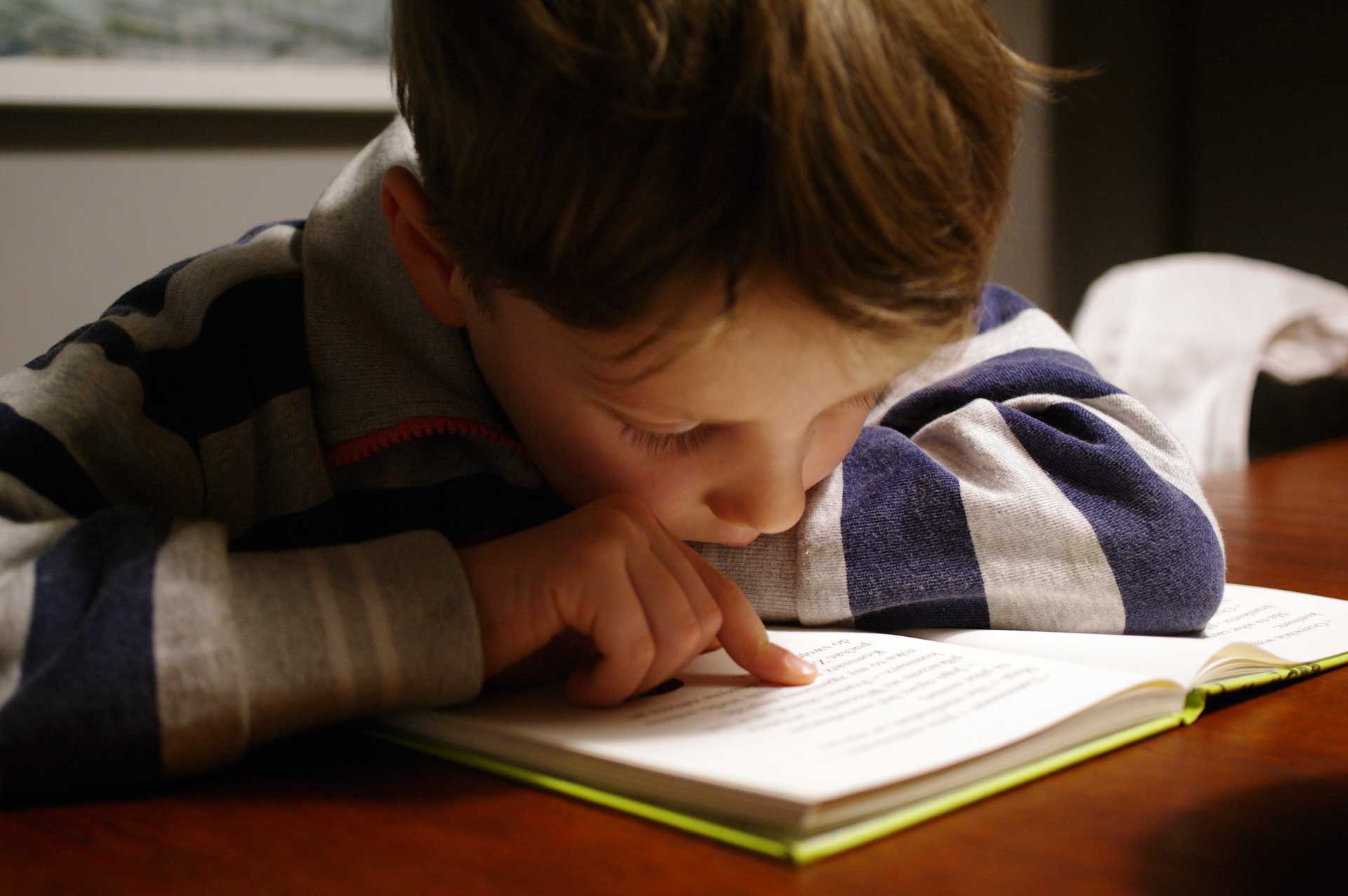
Questions to ask when reading with your child
How to ask children questions and check their understanding when reading
It’s always a good idea to explore stories and books by asking your child questions about what they have read. Ask them about what they reading, why they like it, which character is their favourite, or which setting most appeals to them. See if they can retell the story so far, or predict what is likely to happen next and what they think will happen to a character. Can they compare what they are reading to other kids’ books or authors, or their own experiences in real life? Can they become immersed in a highly realised and imaginative fantasy world? Or perhaps they will become enchanted by a classic animal story, such as Butterfly Lion by Michael Morpurgo or Varjak Paw by S.F Said, both featured in our books for year 4 reading list. Also, it’s well worth exploring interesting words, vocabulary, and wordplay – with dictionaries, rhyming dictionaries, thesauruses, and online resources.
What questions should I ask my child when reading fiction books?
- Where does the story take place?
- When did the story take place?
- What did he/she/ it look like?
- Would you like to have a friend like this character? Why?
- How did you feel during different parts of the story, what made you feel like this?
- Through whose eyes was the story told?
- What part of the story did you like/dislike the most? Why?
- Have you read any other stories which were similar?
- Do you know any other authors who write about the same issues?
- What do you think these words mean?
- Do you think this book was as good as …?
- What part of the book was the saddest, funniest or most interesting?
- Did the pictures help you to understand more about the story? Why?
- What questions would you like to ask the author?
- Do you think all children would like this book?
What are good questions to ask children when reading non-fiction books?
- What have you learned from this children’s book?
- Who do you think would find this book the most interesting?
- How would you use the index page to find something out?
- (Look at the contents page) What page would you use to find out about …?
- Do you think this book could be improved? Why?
- Did you find the diagrams, illustrations or photographs helpful? Why?
What are the best questions to ask children when reading poetry?
- Who wrote this poem?
- What is the poem about?
- What did you like/dislike about the poem? Why?
- What poetic features can you identify (rhyme, rhythm, alliteration, onomatopoeia, simile, metaphor, personification …)?
- Did the poem remind you of anything?
- How does this poem make you feel? Which words make you feel this way?
- What do you think the poet is trying to say?
- Does the shape the poem makes or the sounds the poem makes when you read it add to the message?
- Does this poem rhyme? Is there a rhyming pattern?
- Is this poem rhythmic? Can you describe the rhythm?
How to inspire reluctant readers using kid’s book lists
Ensure a wide variety of reading material is available. Children’s book lists, school librarian recommendations and plenty of reading choices will help with this.
Reading is more than just books. As well as recommendations from kid’s book lists, magazines and newspapers for children, the internet, text-based games, graphic novels and comics all develop reading skills. You might also want to look at modern non-fiction texts, with exciting infographics and facts that leap from every page – such as the award-winning Absolutely Everything by Christopher Lloyd.
Make the book experience multi-sensory. Buy books with settings, authors or characters which can lead to an appreciation of art, visits to locations, internet research, or integration with hobbies. For example, this page details books associated with popular travel destinations. If your child is reading Framed by Frank Cottrell Boyce, featured in our books for Year 7 reading list, perhaps take them to the National Gallery to see the paintings described. If your child is fascinated by computers, perhaps buy them Hacker by Malorie Blackman, which is featured in our books for year 5 reading list.
Some children find books more accessible after they know the plot and characters. Consider watching the film or listening to the unabridged audiobook first, and then reading the book. Or, you might decide to read the book and listen to the audiobook simultaneously. Many, if not most, of the titles in our reading book lists, have audiobook versions available.
Use iTunes or Audible to download audiobooks to play in your car. In addition, if you play an audiobook during every school run your primary-aged child will develop remarkable literary knowledge by the end of their time in primary school. This might be a diverse modern novel such as The Boy at the Back of the Class by Onjali Q Raúf, or a classic example of children’s fiction such as Carrie’s War by Nina Bawden – both of which are available in cracking audiobook versions both of which are featured in our books for Year 6 reading list.
Buy your child an exciting bookcase! It doesn’t have to be boring – try a Kartell Bookworm or a wall art bookcase or DIY.
